Thippili, also known as Indian long pepper, is a spice native to the Indian subcontinent and Southeast Asia. It belongs to the Piperaceae family, which also includes black pepper. This unique spice has been used for centuries in traditional medicine and culinary practices across various cultures.
The Thippili plant is a perennial climbing vine that can grow up to several meters in length. Its fruits, which resemble tiny berries, are harvested for their medicinal and culinary properties. These fruits are cylindrical in shape, with a characteristic elongated appearance that distinguishes them from other types of pepper.
In traditional Ayurvedic medicine, Thippili is highly valued for its therapeutic properties. It is believed to have a warming effect on the body and is often used to alleviate respiratory ailments such as coughs, colds, and asthma. Thippili is also known for its digestive benefits and is used to treat gastrointestinal issues such as indigestion, bloating, and stomach ulcers.
In addition to its medicinal uses, Thippili is prized for its unique flavor profile. It has a pungent and slightly bitter taste with hints of sweetness, making it a versatile ingredient in cooking. Thippili is often used in spice blends, pickles, and traditional Indian dishes to add depth and complexity to the flavor profile.
Thippili is typically consumed in its dried form, either whole or ground into a powder. It can be added to curries, soups, stews, and marinades to impart its distinct flavor and aroma. Additionally, Thippili is sometimes used in herbal teas and tonics for its medicinal properties.
In recent years, Thippili has gained attention in the culinary world for its unique flavor profile and potential health benefits. As interest in traditional spices and herbal remedies continues to grow, Thippili remains a cherished ingredient with a rich history and diverse range of uses.


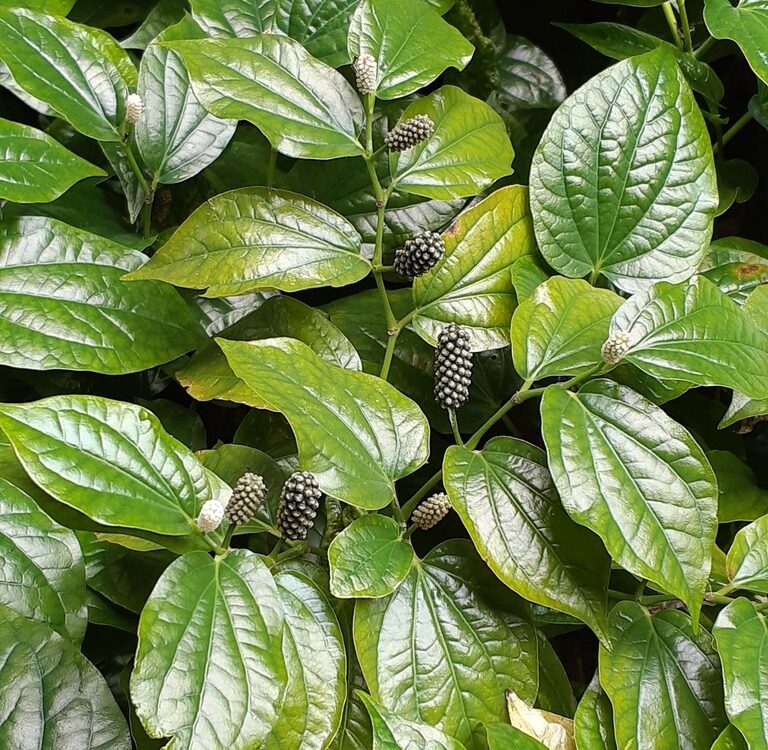
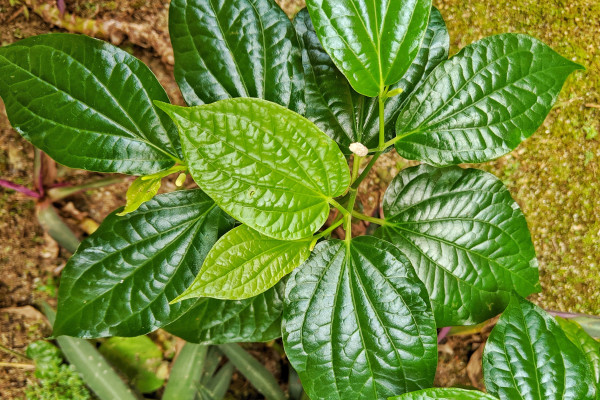
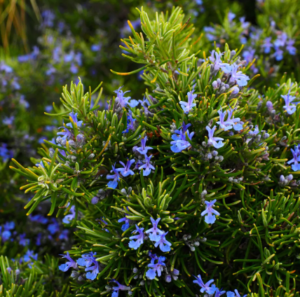

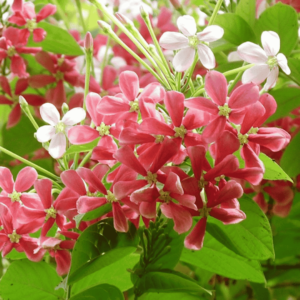
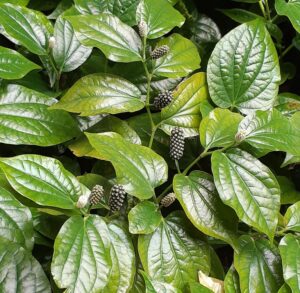
Reviews
There are no reviews yet.